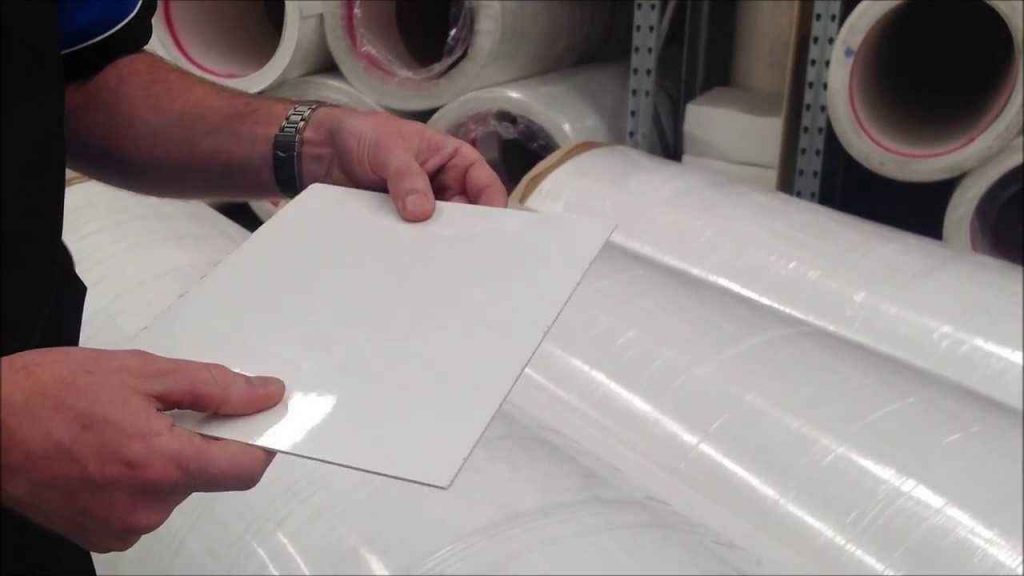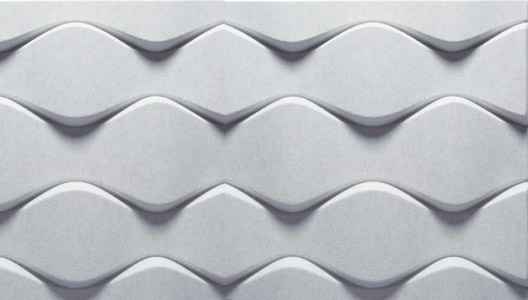What are acoustic sound panels, and what do they do?
Acoustic sound panels are panels that are used to absorb and/or deflect sound. They are usually made of a porous material, such as fiberglass or foam, which helps to absorb sound. They are often used in music studios, home theaters, and other rooms where sound may be a problem. Acoustic sound panels can help to improve the quality of the sound in a room by absorbing unwanted noise and reflections. They work by trapping sound waves and redirecting them back into the room. This helps to improve speech clarity and overall acoustic quality. They are often used in classrooms, theaters, and music studios.
The benefits of using foam acoustic sound panels
Foam acoustic sound panels are more affordableFoam acoustic sound panels are easier to installFoam acoustic sound panels are lighter in weight, making them easier to transport and install. Foam acoustic sound panels do not produce as much dust, making them safer to use in indoor environments.
-Foam acoustic sound panels have a higher R-value, which makes them better at absorbing noise.
The benefits of using fiberglass acoustic sound panels
Fiberglass is significantly more fire retardant than foam, making it a safer option in the event of a fire. Fiberglass is more resistant to moisture and humidity, making it a better choice for applications in humid environments.Fiberglass is less dense than foam, meaning that it will take up less space in your room and won’t crowd it as much. Fiberglass is more durable than foam and will not crumble or fall apart over time like foam can. The color and texture of fiberglass sound panels can be customized to match the aesthetics of your room, while foam sound panels are typically limited to a few basic colors.
Are there any disadvantages to using foam acoustic sound panels?
There are a couple of potential disadvantages to using foam acoustic sound panels. The first is that they can be somewhat unsightly and so may not be ideal for use in certain settings (e.g., in a home where the aim is to have a sleek, modern look). Another potential downside is that foam sound panels may not be as effective at absorbing sound as some other materials, such as fiberglass. So, based on the specific application, it may be necessary to use more panels to achieve the desired level of noise reduction.
Are there any disadvantages to using fiberglass acoustic sound panels?
There are a few potential disadvantages to using fiberglass acoustic sound panels in your home or office. First, the panels can be somewhat expensive, depending on the size and style you choose. Second, they can be a bit difficult to install, particularly if you’re unfamiliar with how to do it properly. Finally, fiberglass can release harmful fumes if it becomes damaged or starts to melt, so you should be careful if you planning to use it in a space where people will be spending a lot of time.
How to choose the right acoustic sound panel for your needs: foam of fiberglass?
There are a few things to take into account when choosing the right acoustic sound panel for your needs. Foam sound panels are a good option for absorbing low-frequency sounds, while fiberglass sound panels are better at absorbing high-frequency sounds. So depending on the range of frequencies you need to absorb, you can choose either type of panel. Also, keep in mind how much noise you want the panels to block. Foam panels perform a better job of blocking noise from traveling through walls, while fiberglass panels are good at blocking noise from traveling through ceilings and floors. Finally comes your budget and how much space you have available. Foam sound panels are typically more affordable than fiberglass sound panels, and they can be easily cut to fit any space. Fiberglass sound panels are more expensive, but they’re also thinner and lighter, so they’re easier to transport and install.
Installation tips for acoustic sound panels to get the best possible result
Make sure the panels are facing the right direction – they should be installed so that the sound waves hit them perpendicularly. If they’re not installed correctly, it will reduce the effectiveness of the panels.Make sure there is an air gap behind the panels. This is essential for proper ventilation and to prevent sound from bouncing back off of the wall and into the room.Keep in mind that sound travels in straight lines, so avoid installing panels near doorways and windows where they will distort or reflect sound instead of absorbing it.


